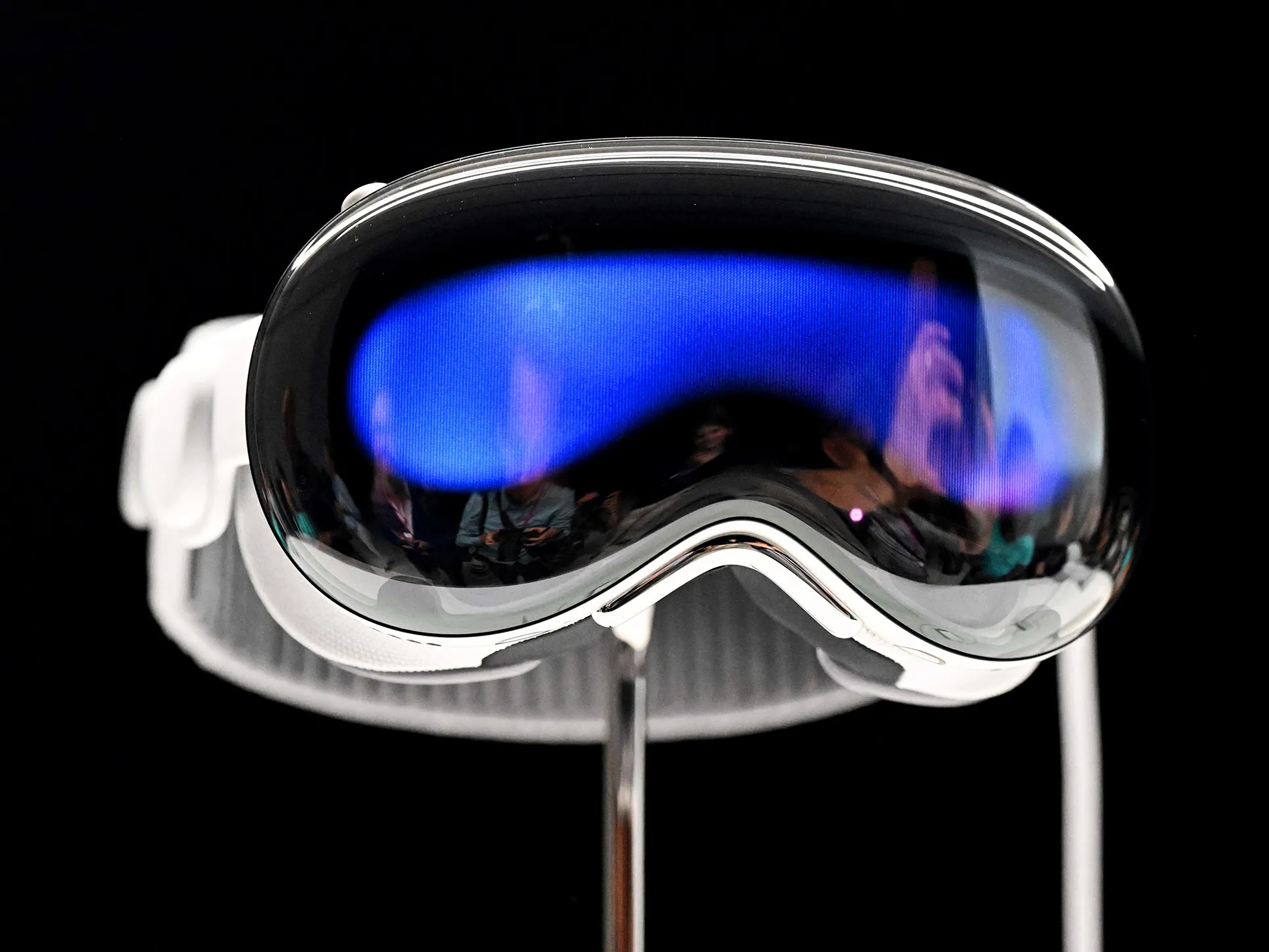

With that being said, this won’t be an in-depth technical or objective review. This is about how I felt and what I think that means. I’m trying a different narrative style for this post. Forgive me if it feels strange, I’m experimenting!
It was a crisp, clear morning in Salt Lake City. Bookended by snowstorms, that milder week had been Utah’s “fool’s spring” I’m told. My dark blue fleece sweater was plenty warm for the weather. I was walking back towards the shopping mall, just having put the leftovers of my Bruled French Toast from Cheesecake Factory in my car. It had been my first time trying the dish — a bit too sweet for my taste, but not so much that it wouldn’t be worth enjoying the rest as a dessert later.
As I walked, I glanced up to my right. The onlooking mountain range to the east was picturesque: the stark white of snow overlaid on the dark gray rock under the pale blue sky. I casually assumed that this would be my personal pinnacle panorama of the day. I turned out to be wrong.

What I thought was going to be a standard mall outing with the usual stops was nothing of the sort. That became abundantly clear when I walked past the Apple store opening their doors, unveiling their Vision Pro models for the first time that day. For some reason, even knowing there was an Apple store at this mall, it hadn’t even crossed my mind that they might have the Vision Pro on public display. Like a cartoon cat floating towards the wafting scent of a good pie, I meandered into the store.
With typical Apple flair, the futuristic goggles were presented front-and-center on a long white oak table. They were suspended horizontally, the way you’d wear them on your head, on a elevated metal wire stands matching the titanium-colored interior of the room. On the same table were iPads displaying specs of the product and QR codes for scheduling a demo. I simply had to try them out, so I scanned the code with my iPhone. A native UI dialog popped up, like connecting Airpods, verifying my Apple ID. Then it forwarded me to a website to pick available demo times. Being one of the first ones in the store that day, I was lucky enough to find a slot available just minutes later. I was in.
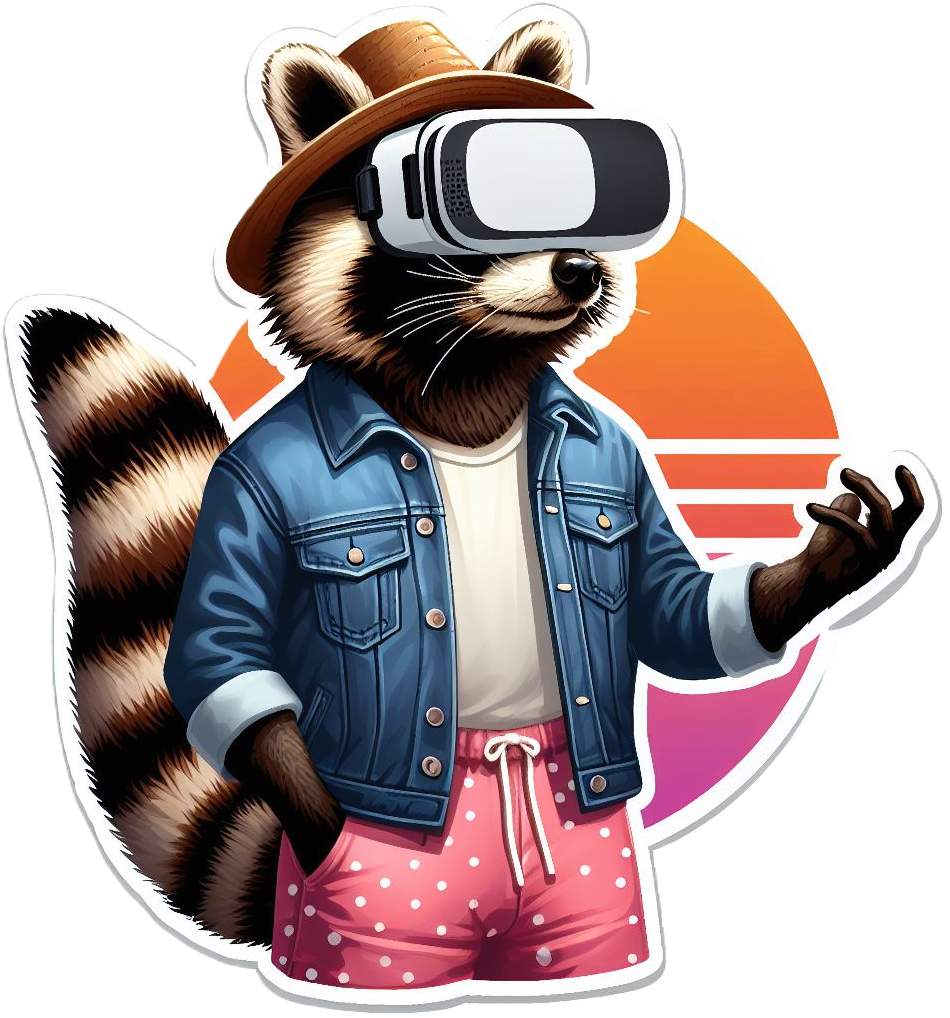
It was certainly cool, but I don’t remember it really capturing me. This was roughly 5 years ago on already 5-year old hardware, so obviously the technology wasn’t where it is today. At the time though, it felt like a bit like a novelty product. The screen resolution was poor, the tracking was inaccurate, and many of the games felt gimmicky.
I did had a fun experience, but it wasn’t enough for me to go through the checkout/setup to do it again. I wasn’t interested in buying one yet (not that I could even afford one at the time), and it certainly hadn’t sparked my confidence that this would be the future form factor of consumer technology.
When my appointment came time, I was directed to sit at one of the empty tables. A young employee with a flashy smile walked out with a Vision Pro on a small custom wooden platter with an indent to seat the goggles. They explained the general structure of the ~20 minute demo, and showed me that what I’d see in the goggles would be what they’d see on their iPad. Next, I did a face scan, gently turning left, right, up, and down to map my face in 3D. Finally, it was time to put it on. I grabbed the gray-and-orange techno-knit band, pulled it over my head, put the mask over eyes, turned the dial to cinch the band snug, pressed down the button above my right eyebrow, and then we were underway.
The experience started in a completely dark environment, no passthrough. The iconic white Apple logo phased in directly ahead, then faded out. Colorful dots around the circumference of a circle appeared, and the instructor told me that this would calibrate the device. I looked at the dots, with a subtle visual cue when my gaze reached each one, and pinched my fingers together in my lap. With each tap, a dot faded out until complete darkness again.
Then like drawing curtains, my vision opened back up from black to reality as the passthrough turned on. Though the picture wasn’t quite as high fidelity as my actual vision, I could see everything around me with no problem. For a moment I aclimated to my new sight — then the instructor told me to tap the crown button on the top of the headset.
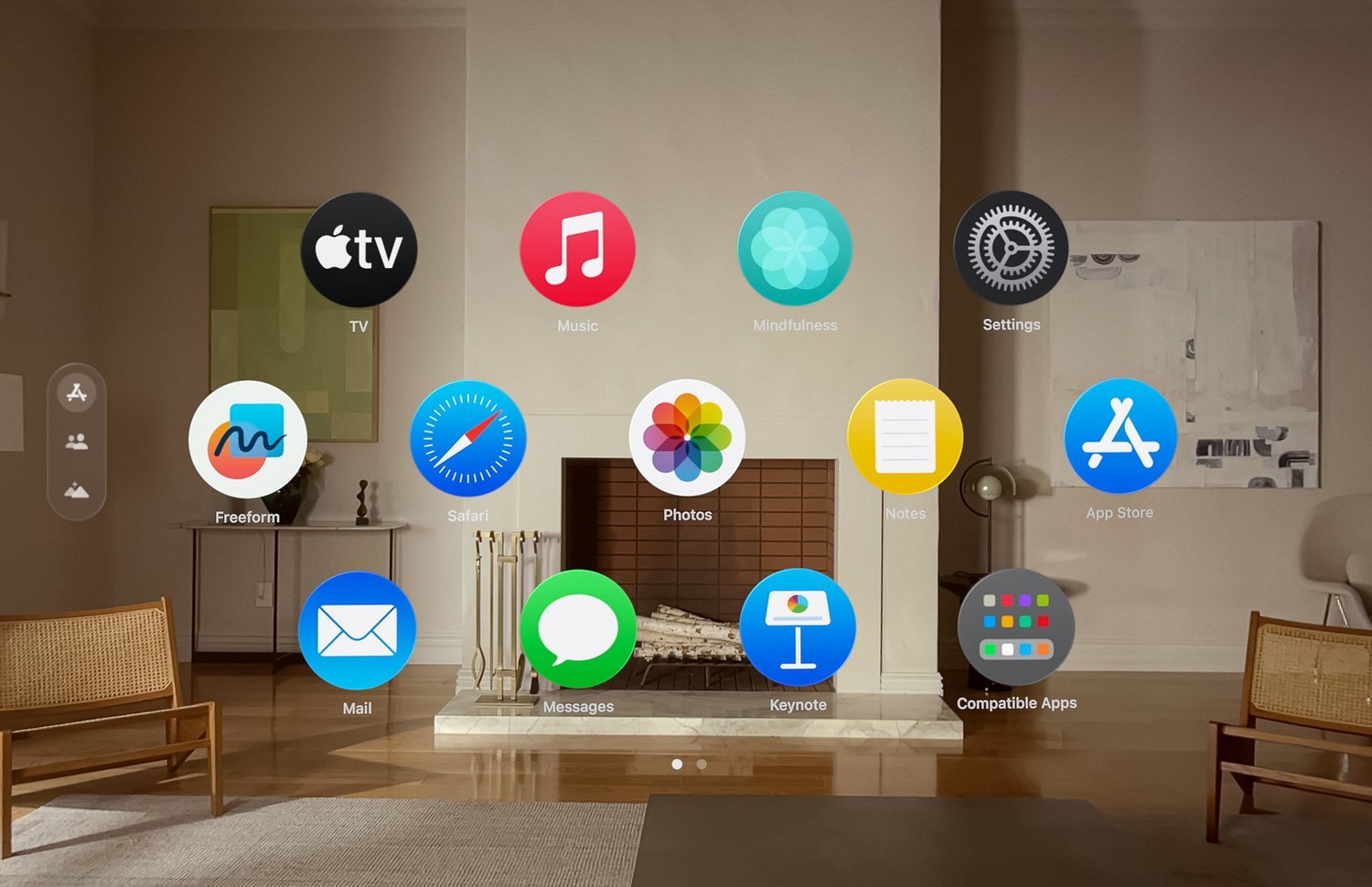
As I did so, a menu of familiar app icons arranged in a lattice pattern appeared in front of me. As I turned my head to look at each icon, the icon inflated while the menu remained stationary in world space. “For our first app, we’ll start with good-old photos,” the instructor told me. Intuitively, I looked at the rainbow Photos icon and tapped my fingers together. A flat window opened up in the air, showing a grid of curated photos. I selected the first photo, and all but the expanded picture dimmed in my field-of-view. The photo was nice, but nothing novel.
Next, I was told I could pinch and swipe to go to the next photo, like pulling a string. The next photo appeared: a wide panoramic shot of the Oregon coast. Beautiful, but again, a standard Photos experience — just now floating in front of me. But this time, I could select another view. As I did so, the photo warped into an arc around me and became my landscape. “Finally, a reason to take a panorama!” I said smiling. The instructor agreed with a chuckle. I spent a minute just looking around at the lush rocky seaside before moving onto the next photo.
This one was a spatial video. The video began to play: a woman joyfully playing with her daughter in the yard, blowing big bubbles. As I watched, I could lean left and right and see the parallax effect. It felt like a window into a memory, replaying right over the table in front of me. The spatial audio was impressive too. As the little girl ran around, she sounded like she was moving in the room. Without the sensation of headphones or earbuds, it felt like anybody around could’ve heard and seen the same picture.

Because watching events live through a titanium brick in our hands is currently acceptable (though I’m sure that once would’ve been more contentious), that opens the door to separating the means of memory capture vs. memory replay.
Maybe soon it won’t be cringy to bring a 360 degree sphere camera to an event, then in the privacy of your home, you’d be able to re-live that experience without judgement. Of course, this is all operating under the assumption that wearing a headset around people will remain dystopian.
It seems like there are a couple possible pathways here:
1: The form factor improves, potentially down to something like Meta’s Raybans. If we are going to require a battery cord like the Vision Pro, why not move the compute off your head too? Something about cyber sunglasses feels less offensive than a chunky headset somehow. A major technical challenge either way.
OR 2: The form factor remains the same, limited by price or compute:
Wearing AR headsets in public remains super cringe. What happens to VR/AR?
VR/AR continues to improve, but doesn’t work on-the-go. It gets used for certain kinds of work, education & training, entertainment, etc. and can replay the memories captured on smartphones’ improved cameras.
Seeing someone playing a Nintendo Switch on the Subway probably elicits more cringe than a smartphone, but at home, that’s perfectly acceptable. VR/AR would remain like desktop computers or gaming consoles.
OR VR/AR dies. It doesn’t bring in enough revenue to keep investing in it over 2D experiences.
OR The cringe associated with the current headset form factor dissolves. I’m sure people once thought staring and prodding at a little techno-box in public was taboo, but here we are now… everyone’s doing it. Hard to imagine right now, but possible.
No matter what happens, when I’m 80 years old, I think I’d probably be willing to pay an enormous price to be able to re-live some of the happiest moments of my life. Whether it’s socially encouraged or not, if I was able to capture some of those moments when they happened, I’d want to experience them again in the highest fidelity experience possible.
My first VR experience didn’t make me feel this way, but Apple’s Vision Pro has crossed some threshold for me… I can see a future where this technology has an important place in life. Not as a novelty or a gimmick, but as a vehicle for realistic experiences.
The next couple pieces of the demo were short and sweet. I tried out browsing on Safari, again pulling an invisible string to scroll or reaching out to touch-scroll on the virtual window. All the standard web interactions necessary to browse the internet seemed in place, including a pop-up keyboard. Then I opened up a Slides presentation, where a 3D model of a bridge popped out of the display and could be rotated and zoomed. I felt a little like a Temu-version of Iron Man; the pinch-both-hands-and-pull zoom method was unfortunately pretty finnicky.
Next, as directed, I opened the Apple TV app and played a clip from Avatar: Way of Water. The 3D Na’vi swimming in the water felt very similar to the 3D you see in a movie theater, so it felt comparable with existing movie experiences but not a big upgrade. There’s definitely a lot more potential there.

The keyboard was definitely a blemish on the demo; it just doesn’t feel like an efficient input method in AR. You have the choice between chicken-pecking with your index fingers or looking at each individual key and pinching, and neither method feels fast. I’d love to know the record WPM for typing like this. I wonder if a new input method like Meta’s wristband neural interface, paired with great software and some practice, will bridge this gap.
Safari is also still just a 2D monitor-like experience, which doesn’t feel like enough of a quality improvement to justify the ecosystem moving pains and pricetag. Obviously it takes time for software to adapt to new technology, especially if the new frontier is an expensive & unsure bet, so I’ll have some patience here and settle for compatibility without elevation on that front.
The final two portions of the demo frankly blew my socks off.
The guide told me it was time for Environments. Using my eyes as the cursor, I clicked on the “Environments” tab on the left side of the app menu view. A menu with a list of beautiful and interesting places opened. My first stop: Haleakalā. The scene was only translucently overlaid on reality. I could change the immersion level by twisting the crown dial, and as I did so, reality faded away, leaving only a few ghostly outlines of the store-goers around me.
That beautiful orange sunrise at the top of the Hawaiian volcano plucked a heartstring for me in that moment. When I was a teenager, I visited Maui with my family and we decided to make the trek to Haleakalā. To make it to the top by sunrise, you have to wake up at 3 in the morning. With groggy faces and a few grumpy attitudes (me), the family piled into the car in the middle of the night. As we drove up the mountainside, I remember it pouring rain and the wind pounding against the minivan. We hoped and prayed that the storm would break by the time we reached the peak, but luck wasn’t with us that day…
All I remember from when we reached the parking lot at the top was total chaos. We were blanketed in a thick, dark fog. The wind was howling, and parents were holding onto the younger kids to not let them blow off the cliffsides. My dad’s hat blew off his head and we all scrambled to gather it back up before it was lost forever. We yelled out to each other in the mist, “did we miss it?” And we waited atop the mountain, storm still raging, until it was abundantly clear that the sun had risen and we didn’t get to see it.
That vivid decade-old memory sprung back into my head the instant I saw that pink tops of those clouds, and I couldn’t help but think “this is what I should’ve seen”! I was so grateful in that moment to be able to experience the next closest thing to being there in person, and witness something I felt I had missed out on.
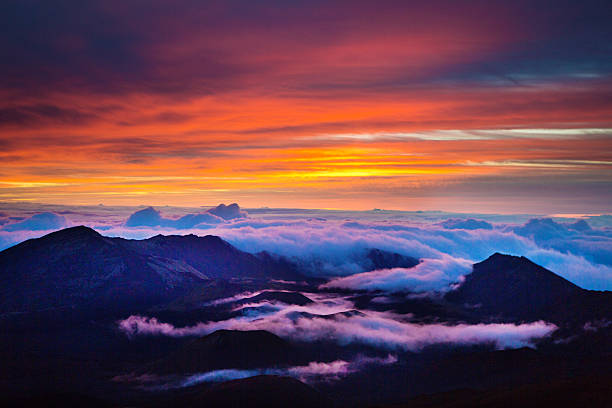

I can’t stress enough how a picture alone cannot do Haleakalā justice. If a picture is worth a thousand words, the AR/VR experience of that place is worth at least a thousand pictures.
Of course, I can’t speak to the ratio of VR to reality in this specific case, since I only remember dark clouds and immense tiredness. So I guess in this instance, VR beat reality from my limited perspective.
It was time to pick another environment, and going to the moon was the obvious answer for me. A glance, a tap, and suddenly my surroundings became light gray lunar rock all the way into the horizon and pitch-black space above. As I looked around, high up and behind my head was Earth. It looked small, not much bigger than a basketball in my field-of-view. Swirling white clouds, brown-green landmasses, and deep blue oceans. Carl Sagan’s Pale Blue Dot speech came to mind. This was incredible, and I took a minute just to appreciate the immense achievements that made the experience possible.
Rockets launched from Earth, landed on the moon, and deployed a robot with a 360 degree camera that captured that moment. Then it transmitted that moment through radio waves some 238,900 miles back to Earth. Here, I was wearing the most advanced and realistic AR headset ever made, able to experience the surface of the moon above us on which I will never set foot. Countless technological advancements driven by an unfathomable amount of work by so many people made this moment alone possible. I was in awe of humanity; it felt magical.
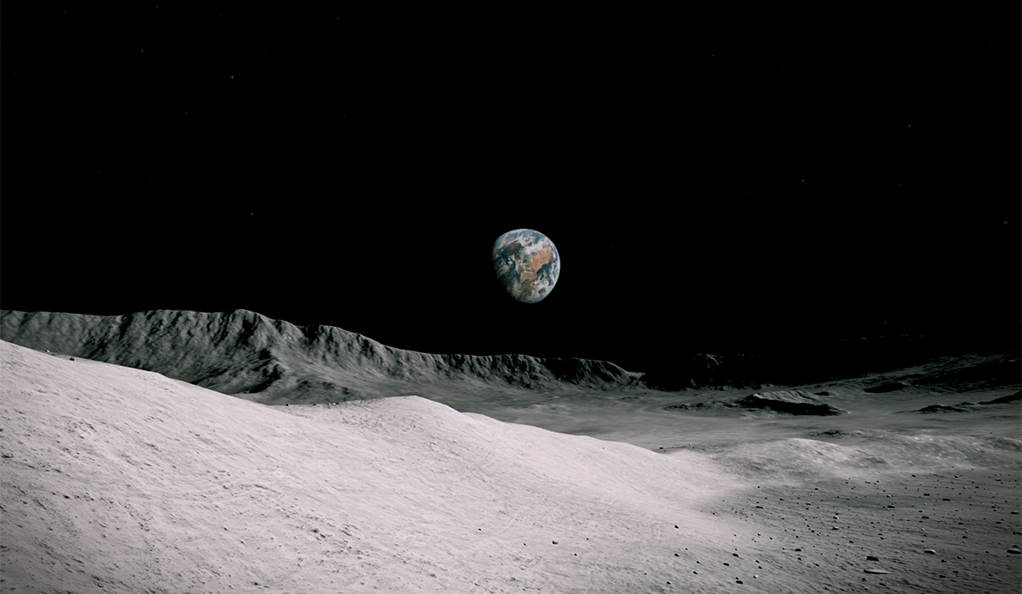
As my short lunar excursion wound to a close, it was time for my last experience. Back on Earth in the Apple TV app, I eye-tapped on the Immersive demo video. Again, my reality faded out and a new set of surroundings phased in. I was in a beatiful music studio, warm-toned wood paneling on the walls, a shiny black grand piano ahead. Alicia Keys was singing into a microphone just a few feet in front of me. Sporting two squiggly bubble braids, she wore oversized rose-colored glasses and a bright red bomber jacket over a white shirt and jeans. Band members were playing music all around the room. Keys was looking straight at me, and it felt unsettlingly intimate… like the feeling of strangers at a party singing Happy Birthday to you as you sit awkwardly smiling (and it’s not even your birthday). Immaculate vibes despite the discomfort.
Almost as soon as it started, I was teleported to the next scene. I was now on a grassy green soccer field with a club team of young African boys laughing and dribbling a ball. Next, I was in a stone courtyard with several men doing what appeared to be a traditional Turkish whirling dance, wearing white dresses billowing in a circle as they spun. Then I was back in Africa, watching a group of gray rhinos run around in front of me on rust-colored dirt. Suddenly, I was on the edge of a breathtaking Norwegian cliff, with dark snowy mountains in the horizon, and a woman wearing blue leggings and a warm yellow jacket walking out on a tightrope over the fjord.
Then, I was sitting above the goal on a professional soccer field. A cross comes in and a player on the attacking recieves the ball, juggles once, then volleys it past the goalkeeper below me into the back of the net, crowd roaring applause. Again, I was returned to the rhinos, this time with a few of them walking straight towards me. Closer and closer, an arms-length away, then even closer, until they were right in front of my chest.

My mind was completely fooled by the rhinos here. When they were walking right-to-left in my vision then turned to face me, the fourth-wall illusion in my brain shattered. As they got closer, my heart started beating faster and when they got within arms reach, my flight-or-fight response kicked in. “Woah woah woah, that’s too close, big fella.”
The instructor told me that was one of their favorite parts too, and that most people react how I did. It’s impressive how fully your mind just accepts this new reality, and every reflex continues to be on high alert.
You’ve probably seen plenty of videos of people wearing VR headsets accidentally punching their TVs, or terrified to take a step in any direction in their living room because they feel like they’re walking on a plank on the edge of a towering skyscraper. So obviously this effect isn’t new to the Apple Vision Pro specifically.
Either way, the level of immersion possible here makes me excited for the future of entertainment. I think there are two important keys that would make this competitive with existing entertainment media:
If they can find a way to make this a shared experience, where multiple people in a room can be seeing the same surrounding movie and see each other, they’re gonna have something really special on their hands.
They need high-quality content. As streaming services already know, content is king. If VR can pull enough of a consumer base to attract studios to make great shows whose storytelling stands on its own two feet without leaning too heavily on the novelty of 3D content… that could have a collosal impact on the entertainment industry. And it’s gotta be 3D-exclusive (not just 2D with some depth) if they want to beat out existing media formats. It’s a chicken-and-egg problem, however.
If entertainment is to be the primary motivator for purchasing VR equipment, then VR will require quality native content, but at the same time, studios will demand a large VR userbase to bet on 3D-exclusive content. Who will be the first mover? Will VR companies like Apple fund new 3D content with heavy up-front losses to jumpstart VR adoption themselves? When will studios with no skin in the game for VR make that transition, if ever? Only time will tell.
I doubt this will format will replace traditional movie & TV anytime soon, but I definitely see a path where this becomes a very powerful new way to consume media. Personally, I get a bit giddy imagining a Star Wars experience of sitting in a bustling cantina filled with alien life, then walking out to my hulking metal ship, firing up the hyperdrive, and traveling to a new exotic planet at warp speed. I’ll be keeping my fingers crossed. 🤞
The demo soon ended, and I lifted the headset off of my face and handed it to the guide. I thanked them, wished them a great day, and walked out of the Apple Store with a big smile and the red outline of goggles stamped into my forehead and cheeks.
I don’t remember every detail of every scene in that montage, but my impression lingers: awe. It was the type of experience I wanted to share with everyone I know. Immediately, I was talking to friends and family about the demo and how magical it felt. I’m sure they got sick of it, but I had to let them know that this experience had turned me from a AR skeptic to an optimist in a half hour. This experience was amazing.
My Verdict ⚖️
Is the Apple Vision Pro a game-changer or just a glimpse into a future that’s still a ways off? Honestly, kind of both.
I won’t be buying one with that $3.5k pricetag, nor will most people I know. Even if I owned one now, it’d probably spend most of its time sitting on my desk unused… waiting for more software and content to make it relevant & useful. There remains significant technological, economic, and cultural hurdles for it to overcome. The bulky design, the lack of stellar content libraries, and the social awkwardness of wearing a headset in public all weigh the product down.
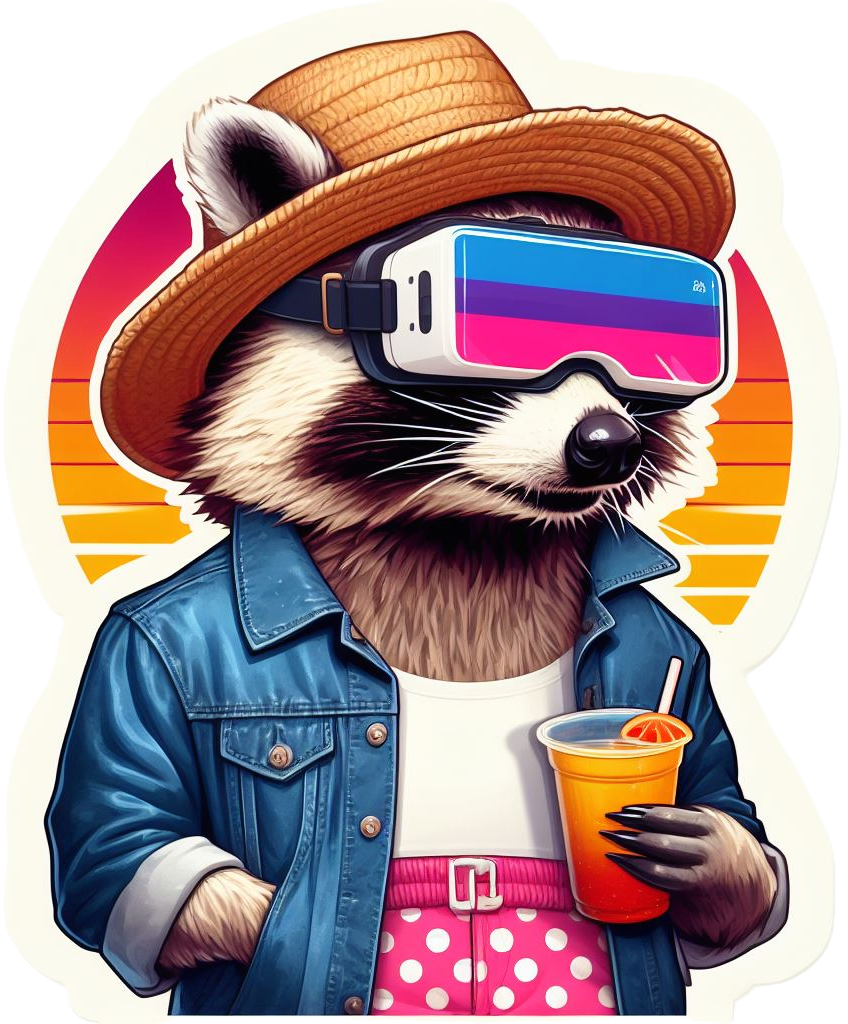
However, the magic I felt in that demo was undeniable.
Here’s the thing: I can’t help but be starry-eyed about the future of AR after this. AR has the ability to revolutionize the way we experience entertainment, work, and education. I doubted its potential to go mainstream before, but I believe it now. The Vision Pro elevates that nascent possibility to the realm of the probable, and I’m excited about it.
If you haven’t tried the demo yourself, I implore you to give it a go and if you feel so inclined, let me know what you think. I hope you’ve enjoyed reading my experience, and if you’ve made it this far, thanks so much for taking the time!
Over and out. 🫡
~ Andrew